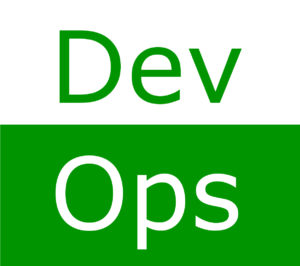When it comes to the way in which organisations design and procure their network infrastructure, open standards and software defined networking have brought significant change to the market. But the rise of converged infrastructure, on one hand, and the trend towards network disaggregation on the other has meant that companies are now being presented with a minefield of choice and variation. While some argue that network disaggregation is not for enterprise, giants such as Facebook argue it is the only way to get the flexibility necessary for web scale.
Who is right and what can the average company learn from the discussion?
Minimising issues
“In simple terms converged or unified infrastructure brings together four aspects of infrastructure – computing, storage, network and server virtualisation – into a single box. Using it is an approach to data centre management that seeks to minimise the compatibility issues that can arise between servers, storage systems, networks and devices while also reducing the costs for cables, cooling, power and floor space,” said Faizel Ali, partner with Ernst and Young.

When you are using your own servers to provide services to customers there are different use cases. These use cases will determine whether it makes sense to have a DevOps team in your skill set or whether it’s more sensible to pay for maintenance. When you look at organisations like Facebook, Twitter and companies that want to really manage performance demands on their network and network components then it starts to make sense, Faizel Ali, EY
This classical definition of converged infrastructure is sometimes expanded to include the concept of hyper-convergence or the software-defined data centre. This involves a software element that is added to manage convergence and adds additional features like back-up and software snapshots, data deduplication, WAN optimisation and so on.
Network disaggregation on the other hand is something quite different — it is the practice of applying the principles of IT service to the network.
Bare box
“For example, you can buy a server from HP, Dell or IBM and then buy an operating system from Microsoft or Linux and use it with that server. Or you can go with a box from Apple or other Unix boxes which tie software and hardware together. Either way the idea of network disaggregation is the disaggregation of the hardware from the operating systems,” said Ali.
In simple terms, this allows companies to buy cheap routers and switches and put their own software operating system on top. It’s about separating the software and hardware and then disaggregating those elements for performance and configuration advantages. According to Ali, there are pros and cons to each approach.
“Converged infrastructure comes with validated configuration, single pane of glass management, shortened deployment time and frankly, a single throat to choke. The disadvantages are that you can get vendor lock-in, rigid configuration, no tinkering and price,” he said.
“Network disaggregation on the other hand provides vendor choice, is dev ops friendly, requires lower capital expenditure if white box switches are purchased in sufficient volume and cloud providers like Facebook and Google use disaggregated networks to design their own switch software and adapt to their own dev ops process.”
Integration cost
The disadvantages are increased costs to integrate and operate components. For mainstream enterprises, turnkey purchase, deployment and support is important but aggregated systems really simplify deployment and support and leverage their IT staff’s current skillsets.
“The big question here is does network disaggregation work for enterprises? Facebook is often used as an example of an enterprise that uses network disaggregation but Facebook isn’t really a normal enterprise — it’s a high availability, socially led, network dependent service deliverer,” said Ali.
“When you are using your own servers to provide services to customers there are different use cases. These use cases will determine whether it makes sense to have a DevOps team in your skill set or whether it’s more sensible to pay for maintenance. When you look at organisations like Facebook, Twitter and companies that want to really manage performance demands on their network and network components then it starts to make sense,” he said.








Subscribers 0
Fans 0
Followers 0
Followers